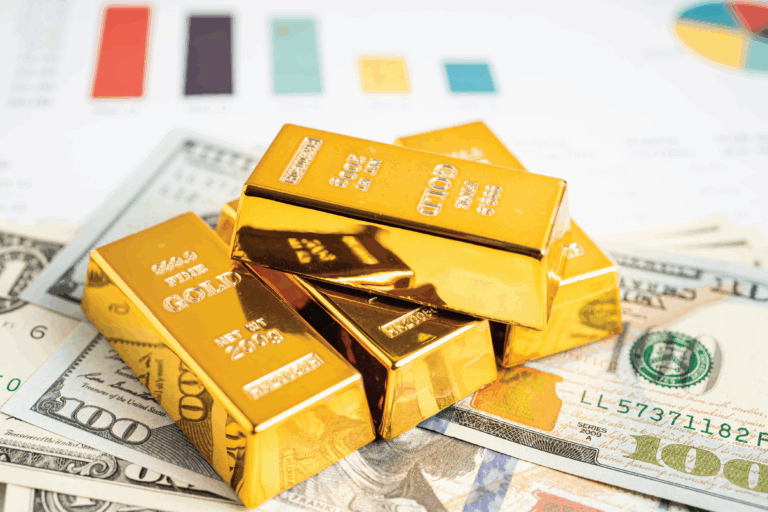Elevated inflation readings over the last several years, combined with worries that the Federal Reserve’s efforts to tame inflation might tip the economy into recession, have caused some pundits to begin talking about the possibility of stagflation. With that in mind, let’s take a closer look at what stagflation is, how likely it is to occur, and how to structure a portfolio if the economy does experience stagflation.
What is Stagflation?
Stagflation refers to an economy that is simultaneously experiencing slow (or negative) growth and high inflation. This combination is unusual. Generally, if an economy is slowing or experiencing a recession, inflation is relatively low. And if inflation is high, it is usually because an economy is expanding rapidly. Having a recession accompanied by high inflation is, in many ways, the worst of all possible worlds.
So, How Likely is Stagflation?
At least based on historical precedence, the answer is: not very. In fact, the United States has only experienced stagflation once in the past hundred years. This occurred in the 1970s, when a persistently sluggish economy and stubbornly high inflation led economists to coin the term. Of course, it is possible that the U.S. could experience this combination again in the future, but at the moment inflation, while somewhat elevated, has moderated from its highs.
Consumer Price Index (CPI)
10 Years as of April 2024

And economic growth remains reasonably strong, despite the Federal Reserve tightening monetary policy.
Gross Domestic Product
5 Years as of Q1 2024

In other words, for the economy to experience stagflation, two things would have to occur:
- Inflation, which has been moderating, would need to reverse, and move much higher.
- The economy, which has been reasonably strong, would have to weaken meaningfully.
Either of these events could certainly happen. But the odds of both occurring simultaneously are fairly slim.
Investment Implications
Well, as long as stagflation does not occur, maintaining your strategic allocation makes sense. But what about the off chance we experience stagflation. Historically, commodities and other real assets have done well during times of high inflation. So, it might make sense to have exposure to real assets such as infrastructure, natural resources stocks, raw materials, or real estate. As you can see from the chart below, commodities rose more than fivefold during the 1970s.
GSCI Commodity Index, 12/31/69 – 12/31/-1979

Stocks in high quality companies that have pricing power should also do well across market cycles including stagflation, so maintaining exposure to high quality stocks makes sense.
Furthermore, not all economies move in lockstep. So, even if the U.S. experiences stagflation, other economies might be having different conditions, which means that investing in global stocks and bonds can offer protection against stagflation here in the United States. As you can see in the chart below, international stocks generally outperformed U.S. stocks in the 1970s.
Cycles of U.S. & International Stock Market Outperformance

Finally, on the fixed income front, if you are concerned about higher inflation, keeping maturities in the short to intermediate term range makes sense, as does potentially having some floating rate instruments. Furthermore, to combat a potential recession, maintaining exposure to some extremely safe assets, such as U.S. Treasuries makes sense.
The good news is that many of the types of assets you’d want to own if we experience stagflation are the same ones you’d want to own in more “normal” economic times, though the proportions might vary.
Next Steps:
- Review your account(s) to determine if you have an appropriate level of diversification across asset classes, sectors, company sizes, company valuations, and geographies.
- Review your financial plan to see what impact inflation might have on your future expenses.
- Take a deeper dive into your overall financial situation by signing up for a free financial assessment.











